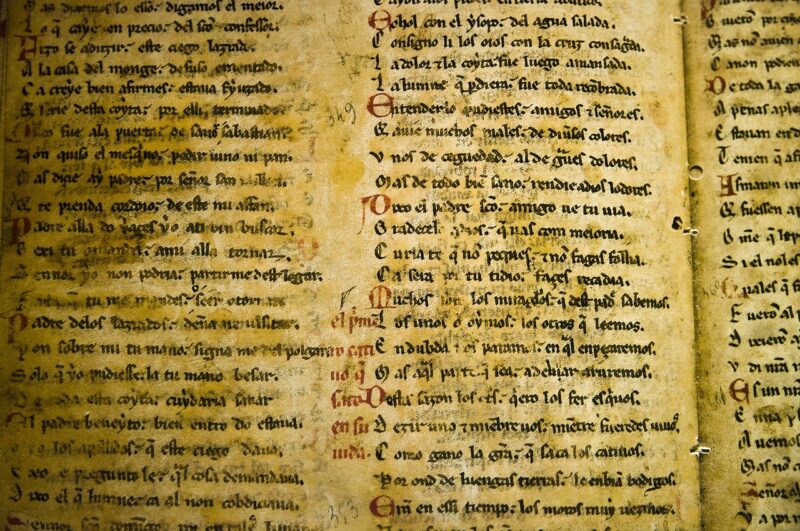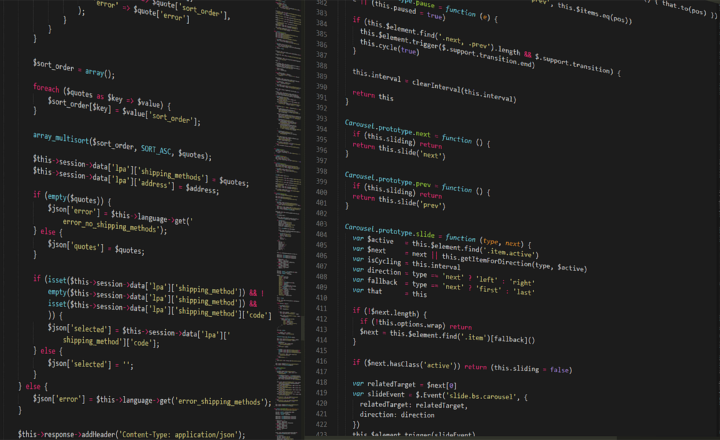The Mystery of the Voynich Manuscript: A Book No One Can Read
November 12, 2024

The Voynich Manuscript has fascinated historians, cryptographers, and linguists for over a century. This enigmatic book, written in an unknown script and adorned with peculiar illustrations, has prompted countless theories about its purpose, origins, and meaning. Unraveling the mystery of this manuscript is no small feat, but as we delve into its pages, we may uncover what has made it a centerpiece of curiosity in the literary and academic worlds.
1. What is the Voynich Manuscript?
The Voynich Manuscript is an illustrated codex, hand-written in an unknown script that has baffled scholars since its discovery in the early 20th century. Named after Wilfrid Voynich, a rare book dealer who acquired it in 1912, this manuscript is thought to date back to the early 15th century, possibly created in Northern Italy.
Measuring 9.2 x 6.5 inches, the manuscript contains around 240 vellum pages, though several are missing. Its contents are divided into several sections, each unique in style and subject matter. The manuscript includes botanical illustrations, astronomical diagrams, and human figures, presenting an eclectic mix of knowledge.
2. Structure and Contents of the Voynich Manuscript
The manuscript is divided into several distinct sections, which have been identified based on the illustrations and the topics addressed. The major sections include:
- Botanical Section: This part is filled with illustrations of various plants, many of which do not correspond to known species. Some have labeled names in the unique script, leading to speculation about their medicinal or symbolic significance.
- Astronomical and Astrological Section: It features celestial diagrams, including zodiac symbols, celestial bodies, and charts, hinting at an astrological theme regarding the positions of the stars and planets.
- Biological Section: This section includes illustrations of human figures engaged in various activities, possibly related to alchemy or other practices. Some pages depict bathing scenes that resemble astrological practices, suggesting a ritualistic background.
- Pharmaceutical Section: Filled with strange and colorful drawings of jars and vessels, this section presumably indicates herbal remedies or concoctions, though the text remains unintelligible.
- Recipes or Instructions Section: This portion contains brief passages, often in a lengthy format. Some academics theorize that they contain recipes or instructions related to the subjects found in the manuscript, yet their meaning is still a mystery.
Each of these sections presents a glimpse into a worldview that is foreign to us today, leading to hypotheses about the manuscript’s authors and its intended purpose.
3. Theories Surrounding the Voynich Manuscript
Given the manuscript’s obscurity, numerous theories have been proposed about its origin, content, and the purpose it serves. Some of the most prominent theories include:
- A Constructed Language or Code: Many linguists believe the manuscript may be an invented language or cipher that has yet to be decoded. Some sophisticated computer analyses have yielded results, but a definitive translation remains elusive.
- An Alchemical Text: Some scholars posit that the manuscript might be a guide to alchemical processes, using coded language to protect the knowledge within from unworthy eyes. This theory is touched upon due to the presence of illustrations reminiscent of alchemical symbols.
- A Hoax or Jest: Others speculate that the manuscript could be a deliberate hoax crafted by a skilled forger, possibly meant as a joke aimed at the scholarly community that has tried so hard to decipher it.
- A Lost Civilization’s Work: A more adventurous theory suggests that the manuscript originated from a lost civilization, representing a knowledge system that never reached contemporary understanding. This premise, though intriguing, lacks substantial evidence.
These theories highlight the intriguing challenges posed by the Voynich Manuscript and the extent to which it has captured the imaginations of many.
4. Notable Attempts to Decode the Manuscript
Over the years, various individuals and groups have endeavored to decode the manuscript, leading to notable attempts that are worth mentioning:
- Wilfrid Voynich’s Era: The manuscript remained undisturbed until Voynich’s discovery and his outreach to linguists and cryptographers. They provided their efforts, albeit unsuccessfully, to unlock its secrets.
- World War II Solutions: During WWII, it was brought to the attention of American military cryptographers, and though significant efforts were made, they also fell short of a breakthrough.
- Modern Computational Analysis: In recent years, computational linguistics have been employed to analyze the text. Research utilizing machine learning and algorithms have been developed, but they have produced mixed results without conclusively breaking the code.
Despite various attempts and significant advancements in technology, the manuscript continues to elude understanding, further compounding its allure.
5. The Shroud of Mystery Surrounding the Manuscript
The combination of its mysterious origins, the bizarre illustrations, and the unknown script have made the Voynich Manuscript not just a piece of literature but an object of fascination for many.
Many speculate about its content, believing it could contain timeless wisdom or perhaps secrets of ancient practices that are lost to time. Its very existence poses philosophical questions around understanding, knowledge, and language itself, showcasing the limitation of human comprehension.
6. Conclusion: The Voynich Manuscript’s Lasting Impact
The Voynich Manuscript serves as a metaphor for the mysteries of the universe and human knowledge. Even as technology evolves, allowing us to unlock various mysteries, some things remain forever elusive. Its unresolved nature encourages inquiry and keeps the excitement of discovery alive.
As we continue to explore the complexities of language, symbolism, and the shared human experience, the Voynich Manuscript remains an emblem of the unknown, urging scholars and enthusiasts alike to dig deeper into its pages.
Who knows—perhaps one day someone will successfully uncover the truths it holds within, but until that day comes, the manuscript will continue to be a puzzle that inspires generations. It demands not only intellectual engagement but also, and importantly, the wonder of a mystery yet to be solved.







